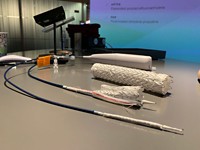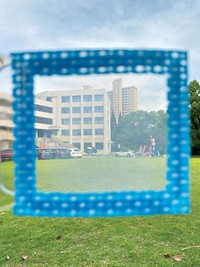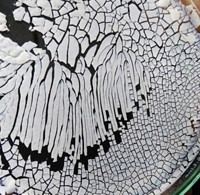Advertisement
Grab your lab coat. Let's get started
Welcome!
Welcome!
Create an account below to get 6 C&EN articles per month, receive newsletters and more - all free.
It seems this is your first time logging in online. Please enter the following information to continue.
As an ACS member you automatically get access to this site. All we need is few more details to create your reading experience.
Not you? Sign in with a different account.
Not you? Sign in with a different account.
ERROR 1
ERROR 1
ERROR 2
ERROR 2
ERROR 2
ERROR 2
ERROR 2
Password and Confirm password must match.
If you have an ACS member number, please enter it here so we can link this account to your membership. (optional)
ERROR 2
ACS values your privacy. By submitting your information, you are gaining access to C&EN and subscribing to our weekly newsletter. We use the information you provide to make your reading experience better, and we will never sell your data to third party members.
Safety
Chemistry In Pictures
Chemistry in Pictures: Fireball simulator
by Craig Bettenhausen
June 8, 2023
Given how much humans love setting things on fire, it’s a shame we’re so sensitive to heat. But you play the cards you’re dealt, so chemists and materials scientists have come up with all kinds of clever ways to control flame. On the right is a conventional fire-resistant garment. The material on the left is a multilayer self-quenching fabric system from W.L. Gore called Pyrad. The outside layer is weatherproof nylon and just underneath it is a layer of graphite-studded polymer. When extreme heat hits, the graphite poofs up as the nylon melts, combining to form an inert and insulating char. Beneath that layer is a tough expanded polytetrafluorethylene (PTFE) membrane—Gore’s bread-and-butter material—that keeps the garment intact and a base layer that also expands when exposed to heat.
Credit: W.L. Gore
Do science. Take pictures. Win money. Enter our photo contest here.





Join the conversation
Contact the reporter
Submit a Letter to the Editor for publication
Engage with us on Twitter